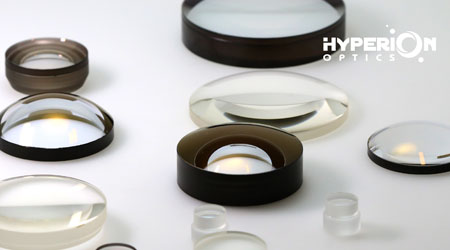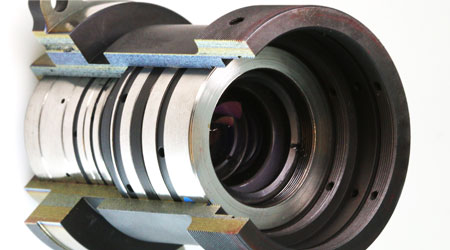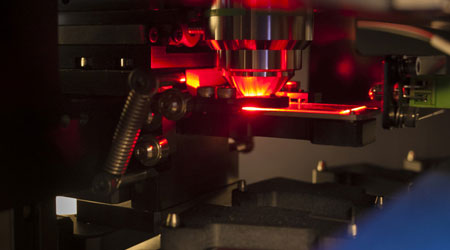Cylindrer lenses, as a special type of optical component, play an important role in several fields. So, how exactly do they work, what are their application scenarios, and how should we select them?
Cylinder lenses, with their distinctive shape, cause light to refract in a specific manner as it passes through, thereby changing the light's propagation path. These lenses are typically used to convert point light sources into line light sources, or to focus or diffuse light in a specific direction. Their working principle is based on the law of refraction, and by precisely controlling the lens's curvature and the material's refractive index, accurate manipulation of light can be achieved. The characteristics of cylinder lenses include the following three aspects:
Focal Line: Unlike spherical lenses that have a focal point, cylinder lenses have a focal line.
Axial Orientation: The axis of the cylinder determines the direction in which the lens focuses or defocuses the light.
One-Dimensional Focusing: They focus light in one dimension, making them very suitable for applications requiring linear focusing.
In the field of industrial automation, cyliner lenses are widely used in machine vision systems. They help cameras capture clearer images and improve the accuracy of object detection and recognition on production lines.
Cylinder lenses are commonly used in eyeglasses to correct astigmatism, a condition where the eye cannot focus light evenly on the retina.
In optical instruments like telescopes and microscopes, cylinder lenses play an important role as well. They can correct aberrations and improve imaging quality, making observational results more accurate.
In laser optics, cylinder lenses are used to transform laser beams into lines or to shape beams according to specific applications.
In lighting design, cyliner lenses can transform point light sources into uniform line light sources, making the lighting effect softer and more even while improving lighting efficiency.
Determine Requirements: Firstly, clarify your usage scenarios and specific requirements, such as the desired light control effect and the size of the lens.
Material Selection: Choose the appropriate lens material based on the application scenario, such as optical glass or crystals, to ensure the lens's light transmission and durability.
Consider Precision: Pay attention to the lens’s manufacturing precision, including parameters like curvature radius and central thickness, to ensure it meets the usage requirements.
Consult Professionals: If possible, consult professionals in the optical field to obtain more accurate purchasing advice.
In summary, cylinder lenses, as important optical components, have extensive and deep-rooted working principles and application fields. When purchasing, we should clarify our requirements, select appropriate materials and precision, and consult professionals to ensure we acquire the right product.

 Call us on:
Call us on:  Email us:
Email us:  R&D Center: 9B-4F 401,No.1 Qingnian Road Liando U Valley,Yuhua International Wisdom Valley, Nanjing, 210039 China
R&D Center: 9B-4F 401,No.1 Qingnian Road Liando U Valley,Yuhua International Wisdom Valley, Nanjing, 210039 China









 English
English  cn
cn  de
de  es
es  fr
fr 


